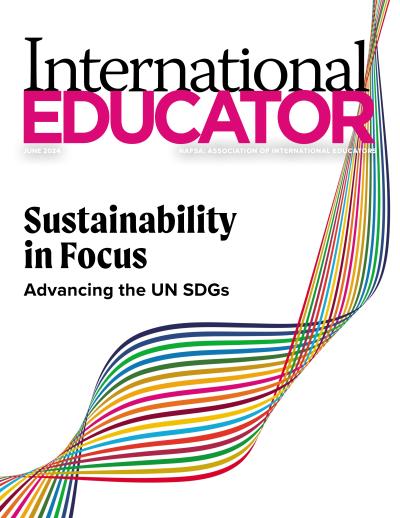Diversity, Equity, and Inclusion in Education Abroad: A 2020 Perspective

COVID-19 approached higher education like a catastrophic, inescapable hurricane. Every tiny shift in direction carried implications for human life, professional livelihoods, and global…everything. Remarkably, international educators were not paralyzed in an otherwise overwhelming moment; instead, they dedicated inestimable time and emotional energy to the critical task of worldwide evacuation.
For most of us, the storm is not yet over; we remain professionally sheltered-in-place. Mass layoffs, troubling enrollment levels, and uncertainty around travel viability have many unsure of how—or if—we will continue in education abroad’s new epoch.
Like many, I’ve spent this “great pause” contemplating how we address the existential challenges facing education abroad, particularly those related to diversity, equity, and inclusion (DEI). I’ve thought a lot about my blind spots and those I see in our field, and I realize it is often easier to introduce new initiatives than tackle fundamental obstacles that feel too widespread to undo.
But as many industries in the past 6 months have acknowledged their compliance with inequity and constituents demand transparency and accountability, we have an obligation to ask what steps we stand ready to take toward comprehensive DEI in education abroad. Which “emperor has no clothes” truths can we acknowledge to create fundamental change? Here are a few places we can start.
Study abroad programs were built for inequity.
Like it or not, international study was built for—and is sustained by—the elite. Acknowledging this outright may open our sightline to the concrete ways our education abroad origin story still influences the status quo












